
A Catedral de Oviedo é também conhecida como "sancta ovetensis", dizem que pela quantidade e qualidade de preciosidades que nela se podem encontrar. Uma delas foi declarada Patrimonio Mundial pela Unesco, a Câmara Santa e serve também de panteão para os Reis das Astúrias, entre eles o Rei D. Afonso II, o Casto que ordenou a construção da basílica dedicada a S. Salvador no século IX.
The Cathedral of Oviedo is also known as "sancta ovetensis", they say that is because of the quantity and quality of gems that can be found in it. One was declared World Heritage by UNESCO, the "Cámara Santa" and it also serves pantheon of the kings of Asturias, among them King Alfonso II the Chaste who ordered the construction of the basilica dedicated to St. Salvador in the ninth century.
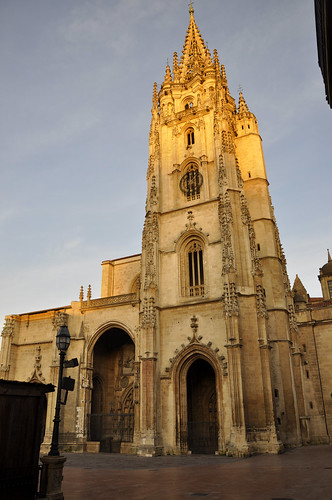
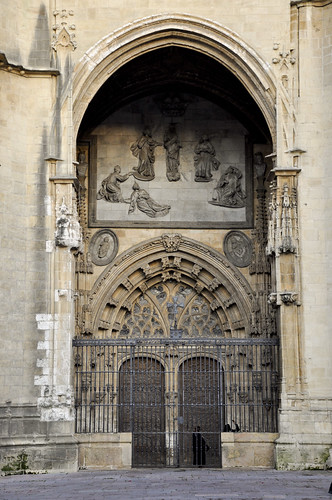


Por tudo isto e muito mais vale a pena a visita, a entrada é gratuita mas o interior não podemos fotografar porque não é permitido. Para além da Câmara Santa, desta primeira construção do reinado de D. Afonso II sobreviveu ainda a torre de estilo românico.
No século XIV começou a nova edificação da Catedral e demorou três séculos a ficar com o aspecto que podemos ver hoje.
Outra das suas grandes atracções é o retablo da capela maior, feito em madeira representa de forma detalhada as várias fases da vida de Cristo, desde o seu nascimento até á sua morte.
For all this and much more its worth to visit it, admission is free but it's interior can not photographed it is not allowed. In addition to the Cámara Santa, from this first building the reign of King Afonso II the Romanesque tower also survived.
In the fourteenth century began the construction of the new cathedral and took three centuries to look like we see it today.
Another of its main attractions is the largest altarpiece in the chapel, made of wood represents in detail the various stages of Christ's life, from his birth until his death.
For all this and much more its worth to visit it, admission is free but it's interior can not photographed it is not allowed. In addition to the Cámara Santa, from this first building the reign of King Afonso II the Romanesque tower also survived.
In the fourteenth century began the construction of the new cathedral and took three centuries to look like we see it today.
Another of its main attractions is the largest altarpiece in the chapel, made of wood represents in detail the various stages of Christ's life, from his birth until his death.

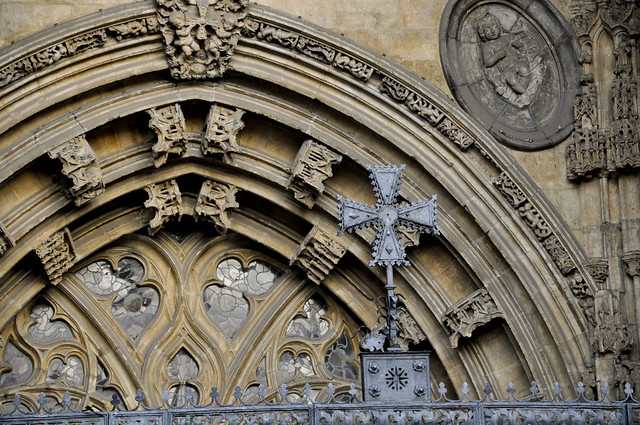
Junto á fachada principal do lado esquerdo está uma estátua do Rei Afonso II, o Casto. Oviedo foi a cidade que escolheu para ter a sua corte e de ela partiu para combater os mouros.
Não vimos tudo, havia um claustro e um museu mas ficámos apenas pela zona da nave principal e capelas adjacentes.
Não vimos tudo, havia um claustro e um museu mas ficámos apenas pela zona da nave principal e capelas adjacentes.
Near the main facade on the left is a statue of King Alfonso II the Chaste. Oviedo was the city that he chose to have his court and from it he left to fight the Moors.
We have not seen everything, there was a cloister and a museum but we were only in the nave area and adjacent chapels.
We have not seen everything, there was a cloister and a museum but we were only in the nave area and adjacent chapels.
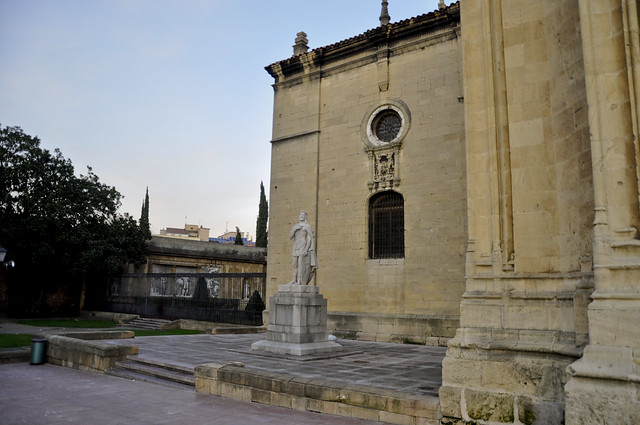


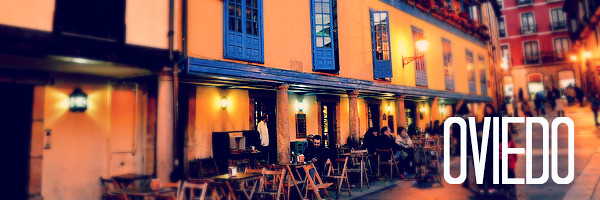
Sem comentários:
Enviar um comentário